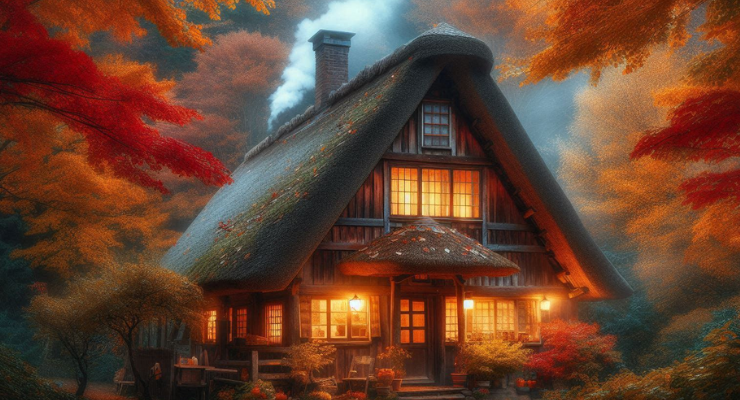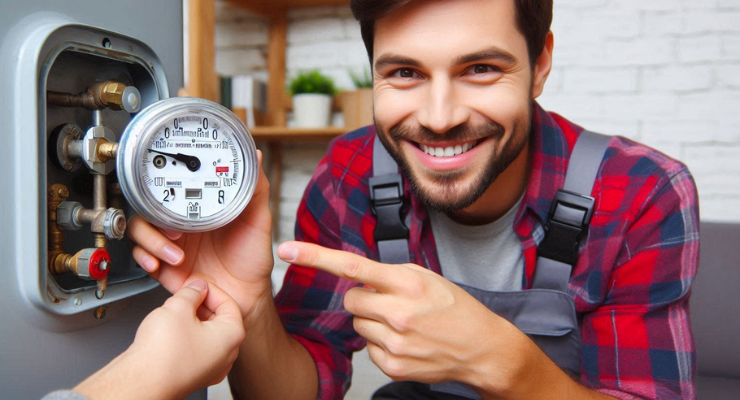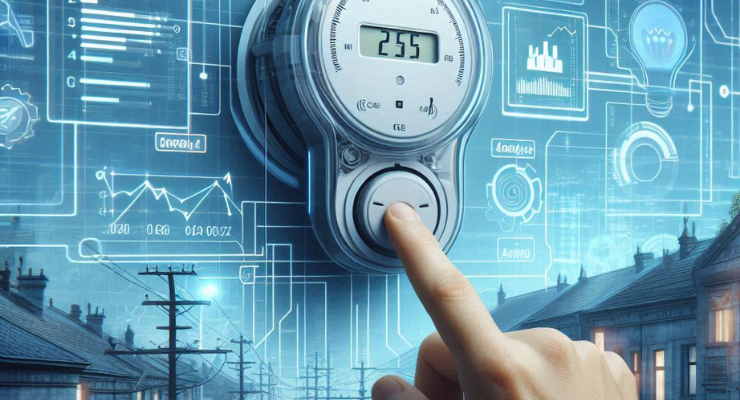Fast read
Keeping an old house warm involves a few key steps. First, assess and upgrade your insulation, focusing on ceilings, walls, and floors. Use thermal imaging to identify and seal draughts around windows, doors, and vents. Upgrade to double-glazed windows or use high-quality blinds for better insulation.
Opt for efficient heating solutions like reverse cycle air conditioners and consider a heat pump hot water system. Converting gas appliances to electric can also improve energy efficiency. Finally, installing solar panels can help power your home sustainably, reducing energy costs and your carbon footprint.
How To Keep An Old House Warm: Tips and Tricks
Keeping an old house warm can be a challenge, especially if it wasn’t built with modern insulation and heating standards. If you’ve fallen in love with the charm of an older home but dread the cold winters, don’t despair. Many strategies can be employed to make your old house warm and energy-efficient without compromising its character. Let’s explore some practical tips and tricks to keep an old house warm.
Assessing the Thermal Envelope
The first step to keeping your old house warm is understanding where the heat is escaping. A thorough assessment of the thermal envelope—walls, ceilings, floors, and windows—is crucial. Many older homes lack proper insulation, making them susceptible to drafts and significant heat loss. Consider hiring a professional energy assessor who can use thermal imaging to identify weak points where heat escapes.
Insulation: The Key to Retaining Heat
Insulation is the most effective way to keep an old house warm. Modern building regulations require substantial insulation, but older homes often fall short. Insulating your ceiling, walls, and floors can drastically improve your home’s thermal performance.
Ceiling Insulation
Start by inspecting the insulation in your ceiling. Even small gaps can lead to significant heat loss. If your home has low-rated ceiling insulation, adding a second layer can make a significant impact. Use high-quality polyester batts or another effective material to cover any gaps and enhance the existing insulation.
Wall Insulation
Walls in older houses are frequently under-insulated or not insulated at all. Options for insulating walls include removing weatherboards to add insulation, cutting plaster to insert insulation, or using blow-in insulation for a less invasive solution. Though more labour-intensive, wall insulation can significantly improve warmth and reduce energy costs.
Floor Insulation
If your house has access underneath, insulating the floors can prevent heat from escaping through the ground. However, many old houses are set close to the ground, making floor insulation challenging. In such cases, focus on other areas like windows and draught-proofing to compensate.
Upgrading Windows
Windows are a major source of heat loss in older homes, especially if they have single glazing. Retrofitting windows with double glazing can be effective, but it’s often expensive. As an alternative, invest in high-quality window coverings like honeycomb blinds, which trap air and provide insulation. Even simple solutions like heavy curtains or second-hand window coverings can reduce heat loss significantly.
Draught-Proofing
Draughts can account for a large portion of heat loss in old homes. Sealing gaps around windows, doors, vents, and other openings can help keep your home warm. You can use a thermal imaging camera or an incense stick to detect draughts. Simple measures like weather stripping, door sweeps, and caulking can make a significant impact.

Efficient Heating Solutions
Choosing the right heating system is crucial for keeping an old house warm. While gas heaters were once a cheap option, reverse-cycle air conditioners (heat pumps) are now more cost-effective and efficient. They provide both heating and cooling, making them versatile year-round.
Split System Air Conditioners
Split system air conditioners are highly efficient for heating individual rooms. They are cheaper to operate than ducted heating systems and allow you to create heating zones, only warming the areas you need. Clean the filters regularly to ensure optimal performance and energy efficiency.
Hot Water Systems
Upgrading to a heat pump hot water system can also save energy and keep your home warm. These systems use ambient air to heat water, making them more efficient than traditional gas or electric water heaters. Insulating hot water pipes and installing low-flow showerheads can further reduce energy consumption and heating costs.
Going Electric to keep an old house warm
Converting from gas to electric appliances can improve your home’s energy efficiency and reduce reliance on fossil fuels. Consider switching to an induction cooktop and electric oven if possible. While these upgrades can be costly, they offer long-term savings and environmental benefits.
Solar Panels: Harnessing Renewable Energy
Installing solar panels is a great way to power an all-electric home and offset energy costs. For heritage properties, this might require council approval, but it’s usually feasible as long as the panels aren’t visible from the street. Solar panels can provide renewable energy for heating, hot water, and other appliances, reducing your carbon footprint.
Small Changes for Significant Impacts
Even if major renovations aren’t possible, small changes can significantly impact keeping your old house warm. Here are some additional tips:
- Use draft stoppers at the base of doors to prevent heat loss.
- Install radiator reflectors to push heat back into the room.
- Use area rugs to add warmth and prevent heat loss through floors.
- Hang heavy curtains to insulate windows and retain heat.
Conclusion: How to keep an old house warm
Retrofitting an old house to be warm and energy-efficient not only enhances comfort but also contributes to reducing carbon emissions. While upgrading insulation, windows, and heating systems requires an investment, the long-term benefits include lower energy bills, increased property value, and a reduced environmental impact. By implementing these strategies, you can enjoy the charm of your old house while keeping it cosy and warm throughout the winter.



